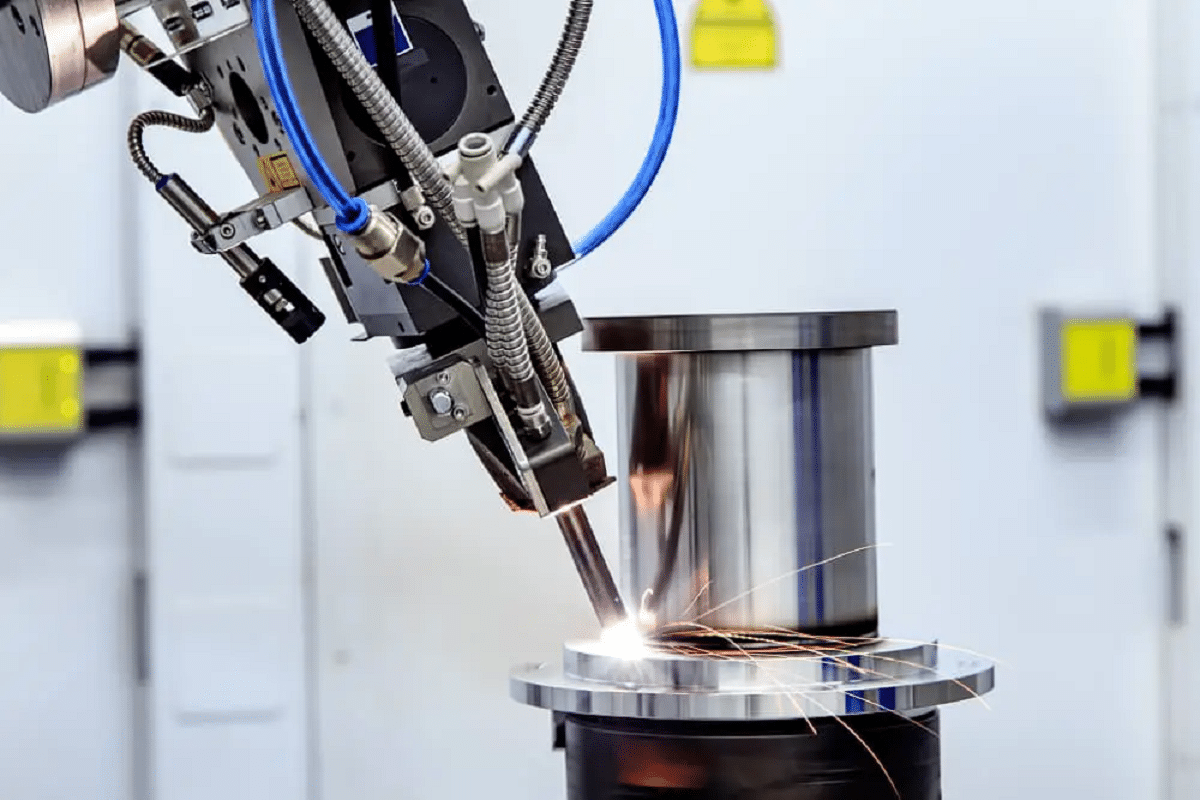Effective Ways to Prevent Weld Undercut in Your Welding Projects
Effective Ways to Prevent Weld Undercut in Your Welding Projects
Blog Article
Mastering the Art of Welding: Just How to Prevent Undercut Welding Issues for Flawless Construction Results
By understanding the origin triggers of undercut welding and implementing efficient methods to avoid it, welders can raise their craft to brand-new degrees of excellence. In the pursuit of perfect fabrication outcomes, understanding the art of welding to avoid undercut concerns is not simply a skill however a requirement for those striving for excellence in their work.
Comprehending Undercut Welding

To avoid undercut welding, welders should ensure proper welding criteria, such as readjusting the present, voltage, traveling speed, and keeping the appropriate electrode angle. Additionally, utilizing the proper welding strategy for the specific joint configuration is essential. Using weaving activities or backstepping methods can aid make certain appropriate weld metal deposition and lower the likelihood of undercut formation. Routine assessment of welds throughout and after the welding procedure is additionally critical to catch any type of undercut early and make required changes to stop more issues. Preventing weld undercut. By understanding the root causes of undercut welding and executing precautionary procedures, welders can attain high-quality, structurally sound welds.
Reasons For Undercut in Welding
Comprehending the variables that add to undercut in welding is vital for welders to generate top quality, structurally sound welds. When the weld steel does not appropriately load the groove developed in between the base steel and the previously transferred weld metal, undercutting happens. A number of elements can bring about damage in welding. One common reason is excessive warm input. Welding at high temperature levels for extended periods can lead to the base steel melting more than preferred, resulting in undercut. Poor welding wrong or existing welding rate can likewise contribute to undercut. Insufficient current might not provide adequate heat to melt the base and filler metals adequately, while extreme speed can stop proper blend, creating undercut. Furthermore, improper electrode angles or incorrect lantern control techniques can create areas of low weld steel deposition, advertising undercut. Comprehending these reasons and executing correct welding strategies can help avoid damaging issues, guaranteeing strong and long lasting welds.
Strategies to Prevent Undercutting

To minimize the danger of undercutting in welding, welders can use tactical welding techniques aimed at enhancing the high quality and honesty of the weld joints. Additionally, utilizing the right welding method for the specific joint setup, such as weave or stringer grains, can contribute to reducing undercutting.
Using back-step welding techniques and managing the weld grain site profile can likewise assist disperse heat uniformly and minimize the danger of undercut. Routine assessment of the weld joint throughout and after welding, as well as carrying out top quality assurance steps, can aid in addressing and detecting damaging problems immediately.
Significance of Proper Welding Criteria
Selecting and maintaining appropriate welding specifications is important for attaining effective welds with very little problems. Welding criteria refer to variables such as voltage, existing, travel speed, electrode angle, and protecting gas circulation price that straight influence the welding process. These parameters need to be meticulously readjusted based on the kind of product being bonded, its density, and the welding strategy employed.
Correct welding parameters guarantee the correct amount of warmth is applied to thaw the base metals and filler product evenly. If the parameters are set expensive, it can lead to too much warmth input, creating burn-through, spatter, or distortion. On the various other hand, if the criteria are as well low, incomplete fusion, lack of infiltration, or damaging might occur.
Quality Assurance in Welding Operations

Conclusion
To conclude, understanding click for info the art of welding requires an extensive understanding of undercut welding, its causes, and strategies visit this site right here to stop it. By guaranteeing proper welding criteria and implementing quality control practices, remarkable construction results can be attained. It is important for welders to consistently make every effort for excellence in their welding procedures to avoid undercut concerns and create high-grade welds.
Undercut welding, a typical problem in welding procedures, takes place when the weld metal does not appropriately fill up the groove and leaves a groove or clinical depression along the bonded joint.To prevent undercut welding, welders must ensure correct welding specifications, such as readjusting the present, voltage, traveling speed, and preserving the proper electrode angle. Inadequate welding present or incorrect welding speed can likewise add to undercut.To mitigate the threat of undercutting in welding, welders can utilize critical welding techniques aimed at enhancing the top quality and integrity of the weld joints.In final thought, understanding the art of welding calls for a complete understanding of undercut welding, its reasons, and strategies to prevent it.
Report this page